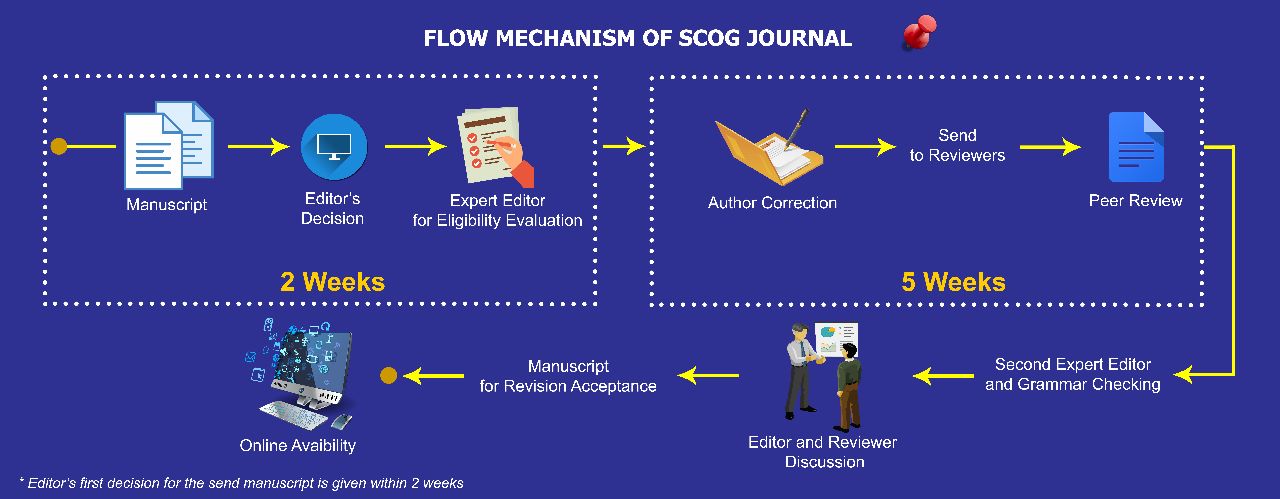A LABORATORY STUDY OF CLAY SWELLING PROBLEM IN CO2 EOR BY CARBONIC ACID INJECTION IN CLAY SANDSTONE
Abstract
Keywords
Full Text:
PDFReferences
Bando S, Takemura F, Nishito M, Hikara E, Akai M. Solubility of CO2 in aqueous solution of NaCl at (30 to 60) OC and (10 to 20) MPa. Journal of Chemical & Engineering Data 2003; 48:576-579.
Civan, Faruk. 2000. Reservoir Formation Damage (Fundamentals, Modelling, Assessment, and Mitigation). Houston, Texas: Gulf Publishing Company.
Duan, Zhenhao, Rui Sun, Chen Zhu, and I-Ming Chou. 2005. An Improved Model for The Calculation of CO2 Solubility in Aqueous Solutions Containing Na+, K+, Ca2+, Mg2+, Cl-, and SO4 2-. ELSEVIER.
Gangopadhyay S. 2013. Engineering Geology. Oxford University Press India.
Grim, R.E. 1953. Clay Mineralogy. New York: McGraw Hill Book Co.
Grim, R.E. 1968. Clay Mineralogy. International Series in the Earth and Platenary Science. F. Press, ed. New York: McGraw Hill Book.
Green, D.W. and Willhite, G.W.. 1998. Enhanced Oil Recovery. Texas: Henry L. Doherty Memorial Fund of AIME, Society of Petroleum Engineers.
Hendrick S.B., Jefferson, M.E. 1938. Structure of Kaolin and Talc Pyrophyllite Hydrate Sand their Bearing on Water Sorption of The Clay. Am. Mineral. 23,863 875.
Iglauer, S. et al. 2014. Permeability Evolution in Sandstone due to Injection of CO2-saturated Brine or Supercritical CO2 at Reservoir Condition. Australia, Curtin University: Australia.
Karpinski B, M Szkodo. 2015. Clay Minerals Mineralogy and Phenomenon of Clay Swelling in Oil & Gas Industry. Poland: Gdansk University of Technology.
Nasralla, Ramez A, Mohammed B Alotaibi, Hisham A, Nasr-El Din, Texas A&M University, all SPE Members. 2011. Effi ciency of Oil Recovery by Low Salinity Water Flooding in Sandstine Reservoir. This paper was presented at the SPE Western North American Regional Meeting, in Anchorage, Alaska, USA, 7 11 May 2011. Society of Petroleum Engineers.
Otaibi, Al, Fawaz M, Al Khaidi, Mohammed H, Funk, Jim J, Shen, Shouwen X, Saudi Aramco. 2012. New Insights into Clay Swelling: Supercritical CO2 Interaction with Montmorillonite. This paper was presented at the Eighteenth SPE Improved Oil recovery Symposium held in Tulsa, Oklahoma, USA, 14 18 April 2012. Society Petroleum Engineers.
Schaeff HT, McGrail BP. Direct Measurement of pH in H2O CO2 brine mixtures to supercritical conditions. Proceedings of the 7th International Conferrence on Greenhouse Gas Control Technologies (GHGT-7), Vancouver, Canada, 2004.
Sigfusson B, Gislason SR, Matter JM, Stute M, Gunnlaugsson E, Gunnarsson I, Aradottir ES, Sigurdadottir H, Mesfi n K, Alfredsson HA, Wolf-Boenisch D, Arnarson MT, Oelkelrs EH. 2015. Solving the carbon-dioxide buoyancy challenge; The design and fi eld testing of a dissolved CO2 injection system. International Journal of Greenhouse Gas Control Technologies, in press.
Tombacz, Etelka and Marta Szekenes. 2006. Surface Charge Heterogeneity of Kaolinite in Aqueous Suspension in Comparison with Montmorillonite. Hungary: ELSEVIER.
DOI: https://doi.org/10.29017/SCOG.40.3.52

This work is licensed under a Creative Commons Attribution-NonCommercial-NoDerivatives 4.0 International License.






